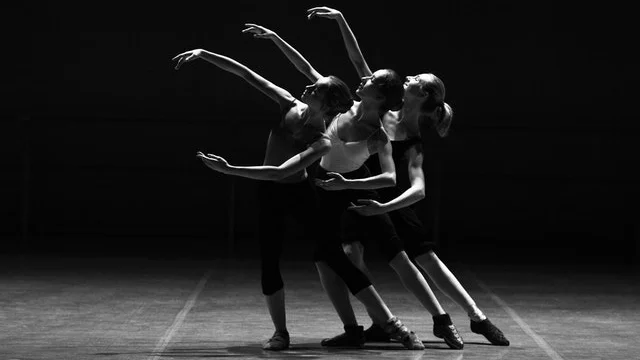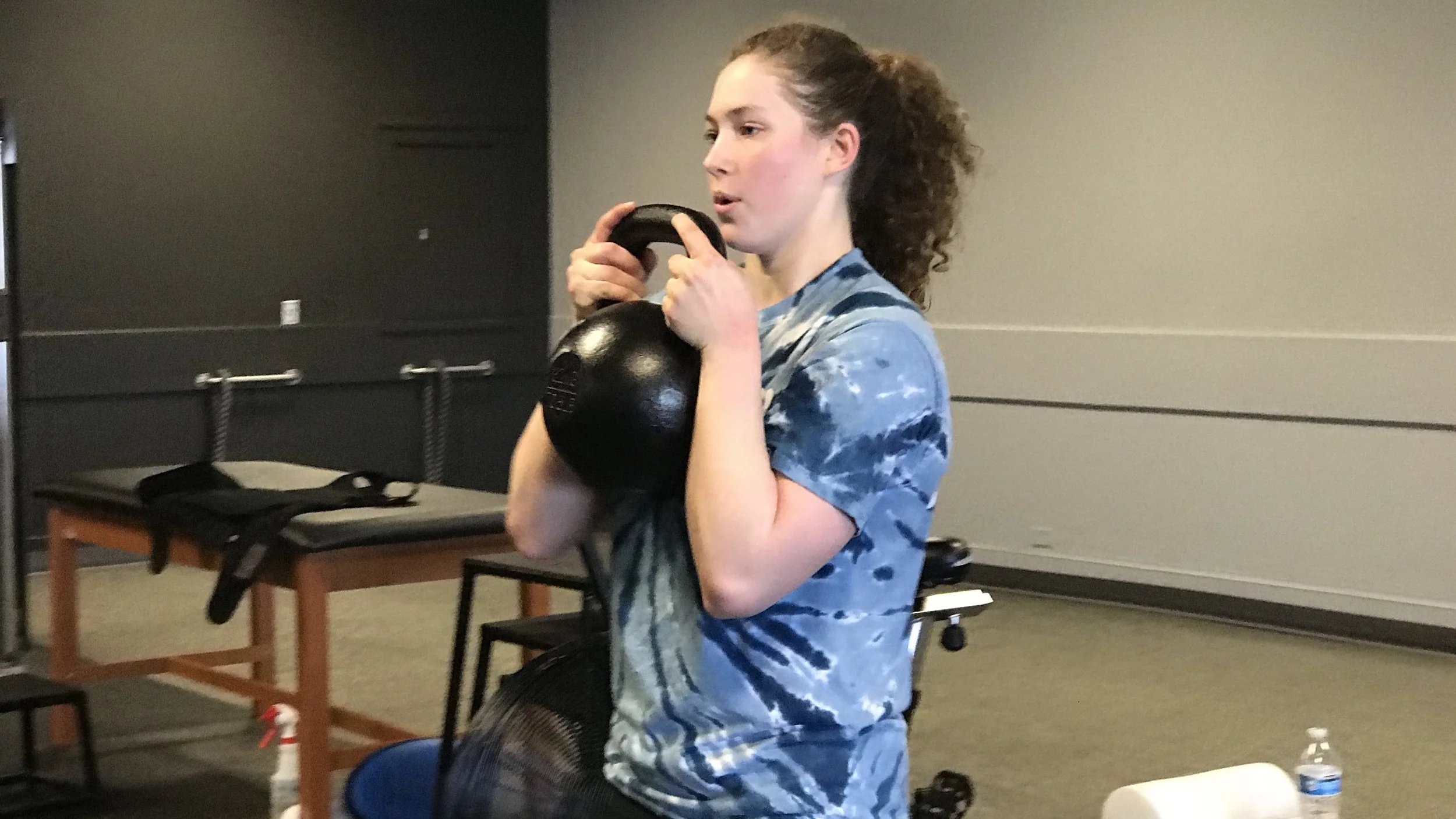Strength and conditioning training isn’t just for the typical sports like basketball, soccer, or football. It’s for all athletes, dancers included. This is an often overlooked area in many dancers training, but it really shouldn’t be!
The athletic components of dancing like jumping, landing, and holding positions are all made easier and better with a solid strength training program focused on perfect technique.
The problem is the benefits and techniques of strength training simply aren’t taught in the studio.
Strength and conditioning can easily:
- Improve joint mobility
- Reduce injury rates
- Improve postural alignment
- Increase core and general muscle strength
- Balance muscular imbalances associated with repetitive dance training
It’s true - you can’t just dance. There’s a reason why other athletes include strength and conditioning in their training for sports. It makes them more athletic and better athletes.
Now, let’s dispel some of the common myths associated with strength training that tends to hold most dancers back, starting with the most prevalent one…
Myth #1: Strength training will make you big and bulky.
This is easily the most common misconception we see with almost all female clients, not just dancers. The truth is nobody gets muscular and bulky by accident. Even for the most successful bodybuilders, it takes an incredible amount of time, effort, resources, and commitment (and sometimes hormones) to look the way they do. Everything from nutrition to sleep to multiple training sessions per day all have to be carefully calculated and planned.
Supplemental strength and conditioning training done one to (ideally) two times per week is certainly enough to reap the rewards of training, but not enough to cause large increases in muscle mass. This is especially the case for female athletes since males have roughly 16 times more testosterone, one of several key muscle-building hormones.
Myth #2: Strength training will make you less flexible.
What if I told you that strength and conditioning can actually improve and maintain flexibility? It’s true, but unfortunately, much of the dance community is either intimidated by strength training or they believe it could be detrimental. It’s unfortunate as they’re definitely missing out.
A component of this involves the idea that strength training will make you lose range of motion, but this couldn’t be further from the truth. In reality, strength training through a full range of motion not only can make you maintain or even improve flexibility, but it also can allow you to better control the range of motion you have. Sound like it could benefit a dancer? Absolutely.
A 2017 study in the Journal of Strength and Conditioning Research found a nine-week strength training program significantly improved dance performance (1). Of all of the parameters measured, the most impactful included core strength, muscle balance, control of joint while jumping and landing, and flexibility. In the authors’ words, “It is recommended that dance schools consider utilizing...strength and conditioning coaches that can deliver systematic resistance training to adolescent dancers.”
Another study done in 2011 found similar gains in flexibility between a group completing full range of motion strength training exercises and traditional static stretching (2).
Myth #3: I don’t have the time to fit strength training in my schedule.
Let’s face it, we’re all busy. Young and old, we all have busy schedules and seemingly not enough time for a lot of stuff. Luckily, you don’t need a ton of time to make some great progress following a strength training program.
Our most successful athletes train with us twice per week for one hour. That’s it. We’ve had unbelievable success getting our swimmers faster times, our baseball players faster throws and swings, and our basketball players better jumps. It truly doesn’t take a lot of time.
In fact, the 2017 study referenced above only involved two training sessions per week. Several other studies also included twice per week training sessions with substantial results (3,4). Simply put, 120 minutes of strength and conditioning per week can make a substantial difference in dance performance.
Wrap Up
Clearly, dance, just like any sport, can be greatly improved through strength and conditioning training. While there are many common misconceptions around training outside of dance, it can be just the improvement needed to take dance performance to the next level.
Have some questions?
To learn more information about our services, please visit our Athletic Development page. Otherwise, feel free to send us an email at Contact@Achieve-PersonalTraining.com or just visit our Contact Us page to send over any questions or comments you may have.
References
Dowse, R., McGuigan, M., & Harrison, C. (2017). The effects of a resistance training intervention on strength, power, and performance in adolescent dancers. Journal of Strength and Conditioning Research, published ahead of print.
Morton, S., Whitehead, J., Brinkert, R., & Caine, D. (2011). Resistance training vs. static stretching: effects on flexibility and strength. Journal of Strength and Conditioning Research, 25(12), 3391-3398.
Brown, A., Wells, T., Schade, M., Smith, D., & Fehling, P. (2007). Effects of plyometric training versus traditional weight training on strength, power, and aesthetic jumping ability in female collegiate dancers. Journal of Dance Medicine, & Science, 11(2), 38-44.
Koutedakis, Y. & Sharp, N. (2004). Thigh-muscles strength training, dance exercise, dynamometry, and anthropometry in professional ballerinas. Journal of Strength and Conditioning Research, 18(4), 714-718.


